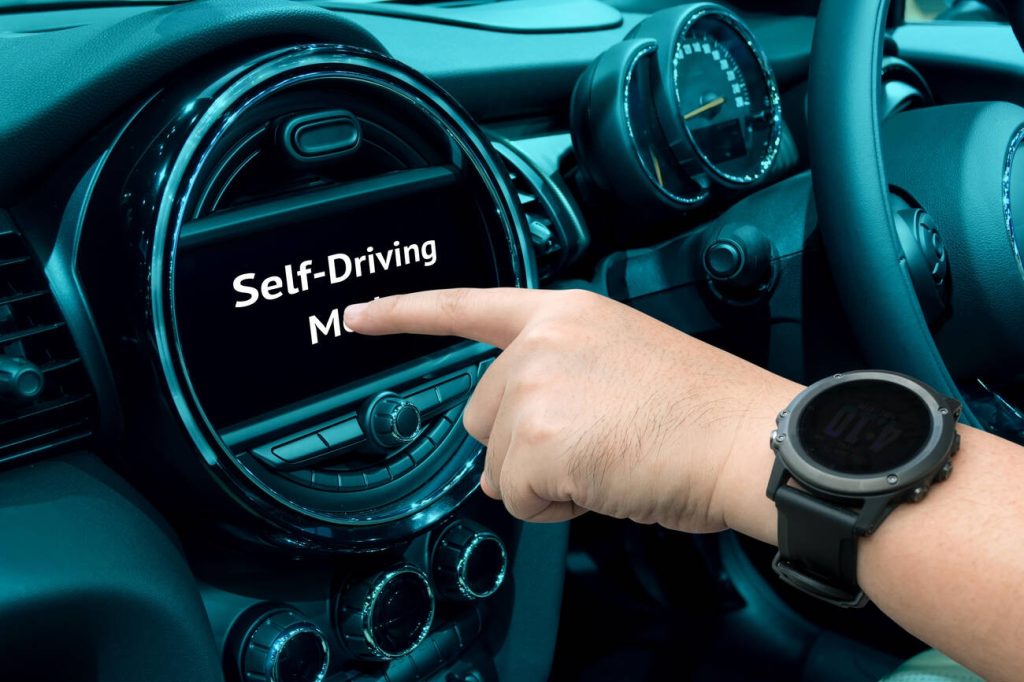Self-driving cars are one of the newest developments in the tech field and they would be a massive game changer in the car industry. Passing a driving test is becoming increasingly more difficult as road safety standards are getting tighter ever year to ensure that people are safe. Self-driving cars will work completely differently to normal cars which means that there will have to be a whole new set of regulations introduced to deal with this development.
How do self-driving cars work?
Self-driving cars are some of the most advanced technologies that exists. They rely on a variety of sophisticated technology including sensors, algorithms and powerful processors. These cars can recreate a map of the road by using different sensors that are located on various parts of the car to create this image. Radar sensors are used in automatic cars to see where other vehicles are in relation to them and cameras are used to make the car aware of traffic lights, road signs and pedestrians. The other 2 sensors that the car uses is light detection technology which allows the car to identify what is in their surrounding area to see where road markings are and there are ultrasonic sensors places in the wheels to assist the car with parking.
All these sensors have been in use for a long time, the amazing new technology is how powerful the processors are to process all this information in real time and how sophisticated the software is. These sensors send all this information, and the software turns this information into driving whilst following traffic rules and avoiding any potential obstacles.
What are the benefits of self-driving cars?
One of the most popular accidents that are reported are road related accidents. Any lawyer will know that there is always a lot of auto accident leads due to how frequently accident occur. Self-driving cars are much safer than normal cars as their complex algorithms will deal with any obstacles much better than a human driver would. Self-driving cars have many benefits and that’s why there is such a rush to get them on the roads. One of the best things about self-driving cars will be the convenience of them, there are many scenarios in which these cars will help you in your day-to-day life. For example, if you’re late for work you won’t have to spend time finding a parking space, you can jump out and the car will park itself, saving you a lot of time. It will also allow for the elderly who are no longer able to drive to re-gain a lot of their independence, this is also true for anyone with disabilities preventing them from driving. These cars will help to prevent accidents as drink driving would no longer be an issue as a car can’t get drunk and there would be less road rage incidents as people wouldn’t be driving themselves.
The other main benefit of self-driving cars, which many people think is more important is that self-driving cars will be much more environmentally friendly. Recent studies into the impacts of self-driving cars have highlighted that if everyone were to travel in a self-driving car then Co2 emissions would be significantly reduced. In the fight against climate change this could make a huge difference, it’s estimated that this would reduce Co2 emissions by up to 80% worldwide.
How will they be regulated?
With any new development like this, there always has to be updated regulations to ensure that everyone is kept safe. Whilst these cars will be rigorously tested before being approved for use on the road, there is potential that the software could malfunction and could cause accidents. This is where the regulations come in as there is a threat so there needs to be safeguards in place too. Whilst self-driving cars have not spent enough time on the roads to be fully trusted, the recent regulations require drivers in the cars to stay alert. Whilst they can let the car do the driving, they need to be alert and ready to take over if anything was to happen. If the driver does not take over in 10 seconds, then the car will automatically put on hazard lights to warn other drivers to help keep them safe.


